Last Updated on August 2, 2021
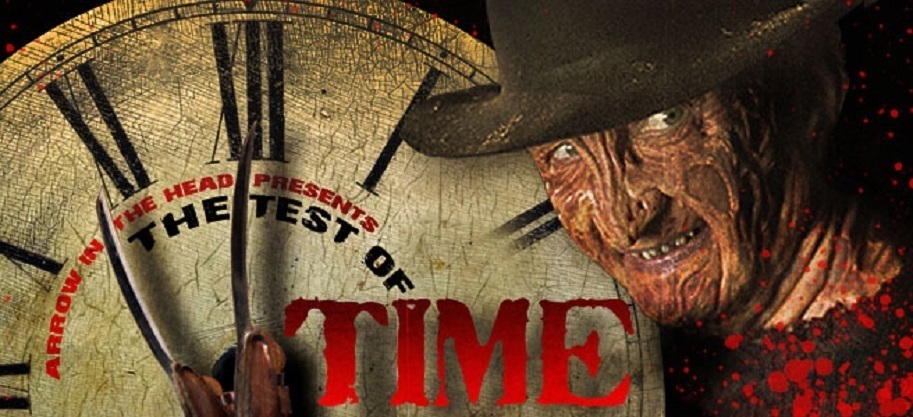
We all have certain movies we love. Movies we respect without question because of either tradition, childhood love, or because they’ve always been classics. However, as time keeps ticking, do those classics still hold up? Do they remain must-see? So…the point of this column is to determine how a film holds up for a modern horror audience, to see if it stands the Test of Time.
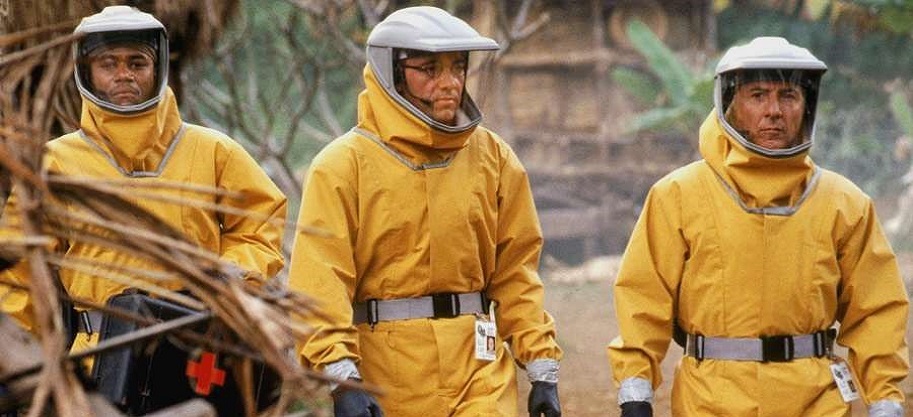
DIRECTED BY WOLFGANG PETERSEN
STARRING DUSTIN HOFFMAN, MORGAN FREEMAN, KEVIN SPACEY, RENE RUSSO, CUBA GOODING JR.
Well folks, it sure seems like the end times are nigh. If not, it certainly feels like we’re living through one of those gnarly viral outbreak zombie films where, if your face isn’t personally chewed off of your spine the moment you step outside, at the very best, the overall mortality rate increases by 10% every 12 hours or so. Only this isn’t fiction. It’s a f*cking nightmare!
With those uplifting words of encouragement out of the way, there’s no more topical or timely instance to assess the lasting merits of a movie that gets to the heart of the issue we’re all currently facing. That’s right guys, Wolfgang Petersen’s big-budget viral thriller OUTBREAK (WATCH IT HERE) turned 25 years old last week. If you’ve noticed, the film has been trending on Netflix all month, no doubt due to people’s escalating anxieties and paranoid fears over COVID19, the novel Corona Virus rapidly afflicting the globe.
But the question still looms. With a $50 million budget (huge In 1995), a star-studded A-list, Oscar-caliber ensemble, all-world director, top-tier DP, and a story that channels the formulaic trappings of a broad thriller with supreme intelligence, let’s find out how OUTBREAK has so far fared against the Test of Time!
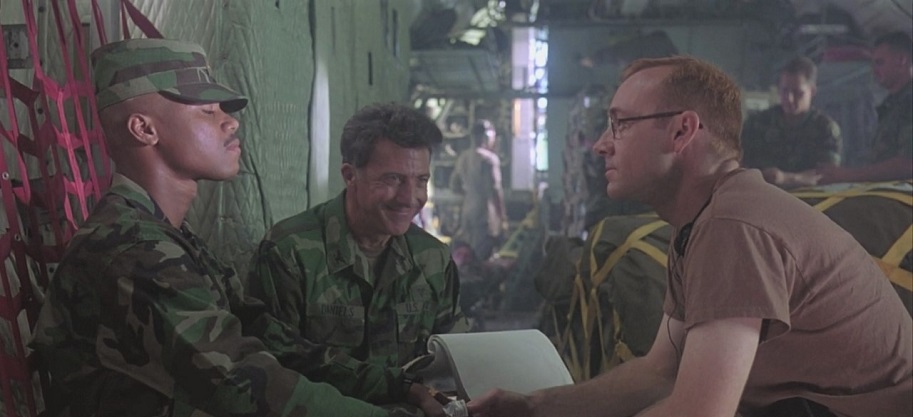
THE STORY: Based on Richard Preston’s novel The Hot Zone, adapted by Laurence Dworet and Robert Roy Pool (with surprising, unused and uncredited script work done by star Dustin Hoffman and famed poet Maya Angelou), OUTBREAK begins in Africa during in 1967. The preamble depicts American military presence in the region as they care for several ill soldiers in the jungle of Zaire. The camp is torched by U.S. Generals and all evidence seemingly destroyed. When we cut to the present, we meet virologist Col. Sam Daniels (Dustin Hoffman), of the United States Army Medical Research Institute for Infectious Diseases (USAMRIID). Sam is sent to Zaire to investigate in the present with his team, including scientists Casey (Kevin Spacey) and Salt (Cuba Gooding Jr.). Upon returning to the states, Sam informs Brig. General Billy Ford (Morgan Freeman) that the disease, named Motaba, with a 100% mortality rate that melts your innards, is not yet aerosolized and therefore not a threat to human populations. As a result, Ford orders Sam to drop the case.
When the unknown host carrier of the disease, a capuchin monkey, is illegally exported from Africa to America, an animal tester named Jimbo (Patrick Dempsey) confiscates it to sell on the black market. Of course, Jimbo becomes infected by the monkey, and in turn spreads the disease to his girlfriend in Cedar Creek, California. As the virus mutates to an airborne contagion, a ticking clock race ensues for Sam and his crew, including his estranged wife Robby (Rene Russo) who works for the Center for Disease Control (CDC), to synthesize an antibody and produce a vaccine. Sam’s biggest obstacle other than time? A top-secret nefarious military ploy connecting to the opening scene, in which the government knew about, and had already produced an antidote for, Motaba. While the government wants to nuke Cedar Creek to ashy rubble, Sam insists on finding the capuchin monkey and mass-producing a panacea for all infected.
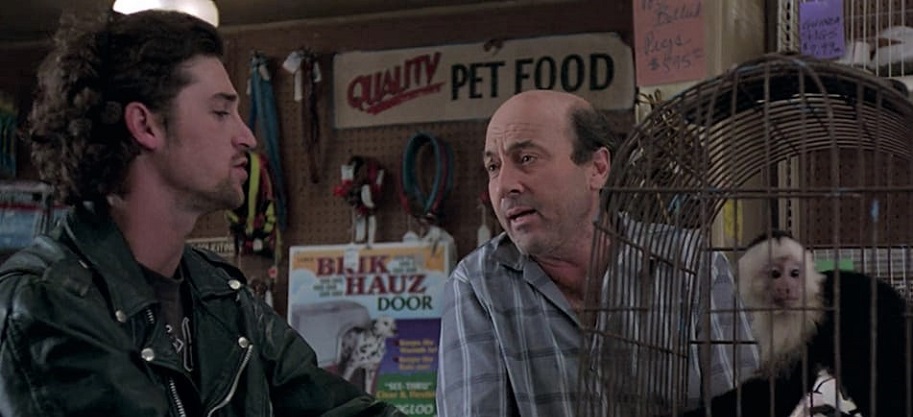
WHAT HOLDS-UP: Given the masterful cinematic skill of Wolfgang Petersen (DAS BOOT), the swift direction, terse pacing, and overall entertainment value, by and large, holds up with lasting durability! Three elements contribute to this more than any, to our eyes, and they include the unassailable performances by the stellar cast, four members of which happen to be Oscar winners, some multiple victors (Hoffman, Freeman, Spacey, Gooding Jr.), the dynamic and fluid camerawork by all-time great DP Michael Ballhaus (GOODFELLAS, DRACULA, many more) and the near-invisible FX work the film boasts, including an animatronic capuchin monkey. Between these three pillars and the harrowing premise on which to lay the foundation, OUTBREAK still stands tall.
Since an early shot demonstrates the virtuosic camerawork by Ballhaus, let’s begin there. Constructed as if one long continuous take, Petersen and Ballhaus introduce us to the medical military environment by following Sam Daniels into the USAMRIID facility. Much like the virus which will become the central antagonist of the film, the camera twists, careens and coils as if a DNA helix folding over itself. Moreover, the shot is meant to draw us in, to affect us, or perhaps infect us by catching our attention, getting under our skin, and penetrating our nervous system from the onset. The shot mirrors the movement of a viral infection, which is an absolutely brilliant way to begin the film. It informs us on a cellular level, however subconscious, of what we can expect to deal with over the next two hours. Ballhaus retains the camera’s dynamism throughout the film, aptly mirroring the kinetic and panicky energy of a population under the dire threat of an invisible enemy. Nothing about the way OUTBREAK is shot shows its age.
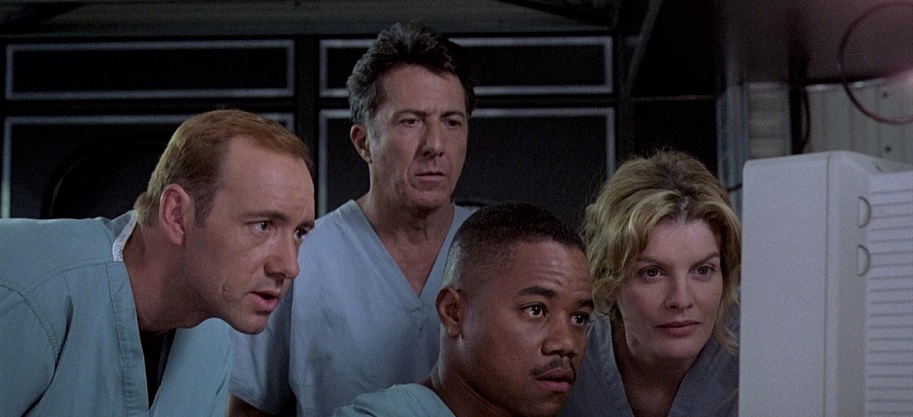
Now, for what could be construed as a big-budget B-movie, the material is elevated by the top-notch cast. Several actors were in the running to play Sam Daniels (Robert Redford, Harrison Ford, Mel Gibson, Sly Stallone, etc.), with Hoffman finally earning the part, a part which afforded him the chance to play a heroic everyman in a major blockbuster for the first time. A few spotty scenes aside, Hoffman sells the role of Col. Daniels. His scenes with Morgan Freeman are among the best acting spars in the picture. The tug-of-war between Daniels’ moral core and Ford’s steely obedience to carry out his orders are among the movie’s more dramatic conflicts, ranking only behind the outbreak itself. The scenes with Sam and Gen. McClintock (Donald Sutherland) are equally riveting, only outdone by the punches traded between McClintock and Ford (Freeman and Sutherland). Kevin Spacey, who unthinkably played John Doe and the Oscar-winning Verbal Kint in the same year, offers some much-needed comic relief as a wise-cracking scientist. Gooding Jr. and Rene Russo level out the support in the most believable ways possible, sealing a tremendous ensemble that ensures the credibility of the story at every turn.
The sublime FX work in the film also holds up so well that they’re hard to spot at times. Seriously, how many of you knew that certain scenes involving the capuchin monkey were made with an animatronic puppet? It’s almost impossible to tell, even 25 years later. Another inspired shot, which does employ CGI, is when the virus spreads throughout the movie theater, as the camera tracks the viral particulates across the room in a coolly stylized manner. Even that shot, the most digitally dependent, feels fresh as ever. Look, VFX is among the first aspects of a film to betray its age. Since OUTBREAK relies so little on CGI, the practical FX naturally holds up better and more believably than the alternative.
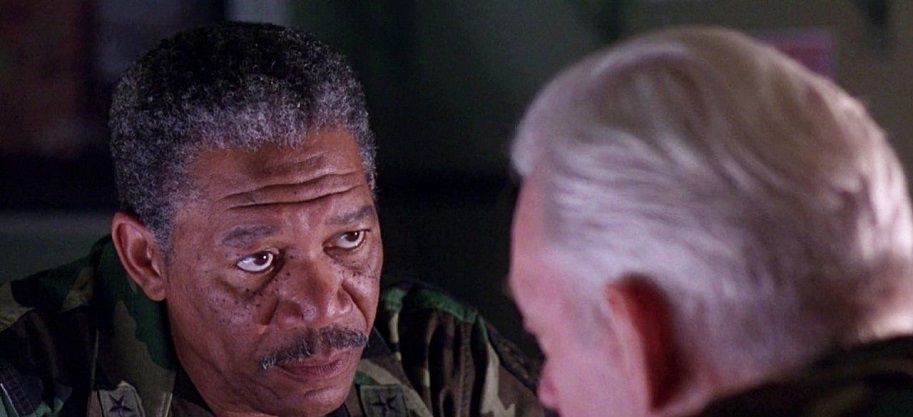
WHAT BLOWS NOW: In re-watching OUTBREAK, a few things stood out as ineffective in 2020. Firstly, there’s seems to be a strained, pained, laborious effort to turn this movie into an explosive action movie in order to justify its expensive price tag. There’s literally one scene where the government tries to contain a few locals who may or may not be exposed to Matoba, only to wildly overreact, shoot helicopter guns, blow a bunch of shit up, and then basically abandon the scene. Shite’s wildly gratuitous.
So too is the lame romantic angle involving Sam and Robby. Why? What’s the point? The subplot involving their failed marriage and Sam’s romantic redemption is simply unneeded and certainly slows the tempo of the real drama in the film: viral outbreak. We do not need a single character to root for more than most when the entire human population is at risk. The primary conflict is enough!
Another thing I found quite shrill and strident was the unbearable din of the poor sound-mix. During the entire film, I had to crank the volume up during quiet dialogue scenes, then quickly down with any loud eruption of action. All film!
THE VERDICT: On the whole, OUTBREAK is still an eminently viewable filmic experience. The premise alone is beyond reproach, and never more timely than right this moment. But it’s the level of performance by the excellent cast that really sells the drama, keeps it credible, and makes us truly care for an optimal outcome. The fluid photography of one of the all-time greats, Michael Ballhaus, only adds to the growing sense of panic said actors convey in the story. The solid FX work that never calls attention to itself is the best compliment you can give such a department. Aside from a lame romance, an overdependence on action sequences and a poor sound-mix, OUTBREAK is just as sick as it was in 1995. 25 years ain’t enough to kill Matoba!


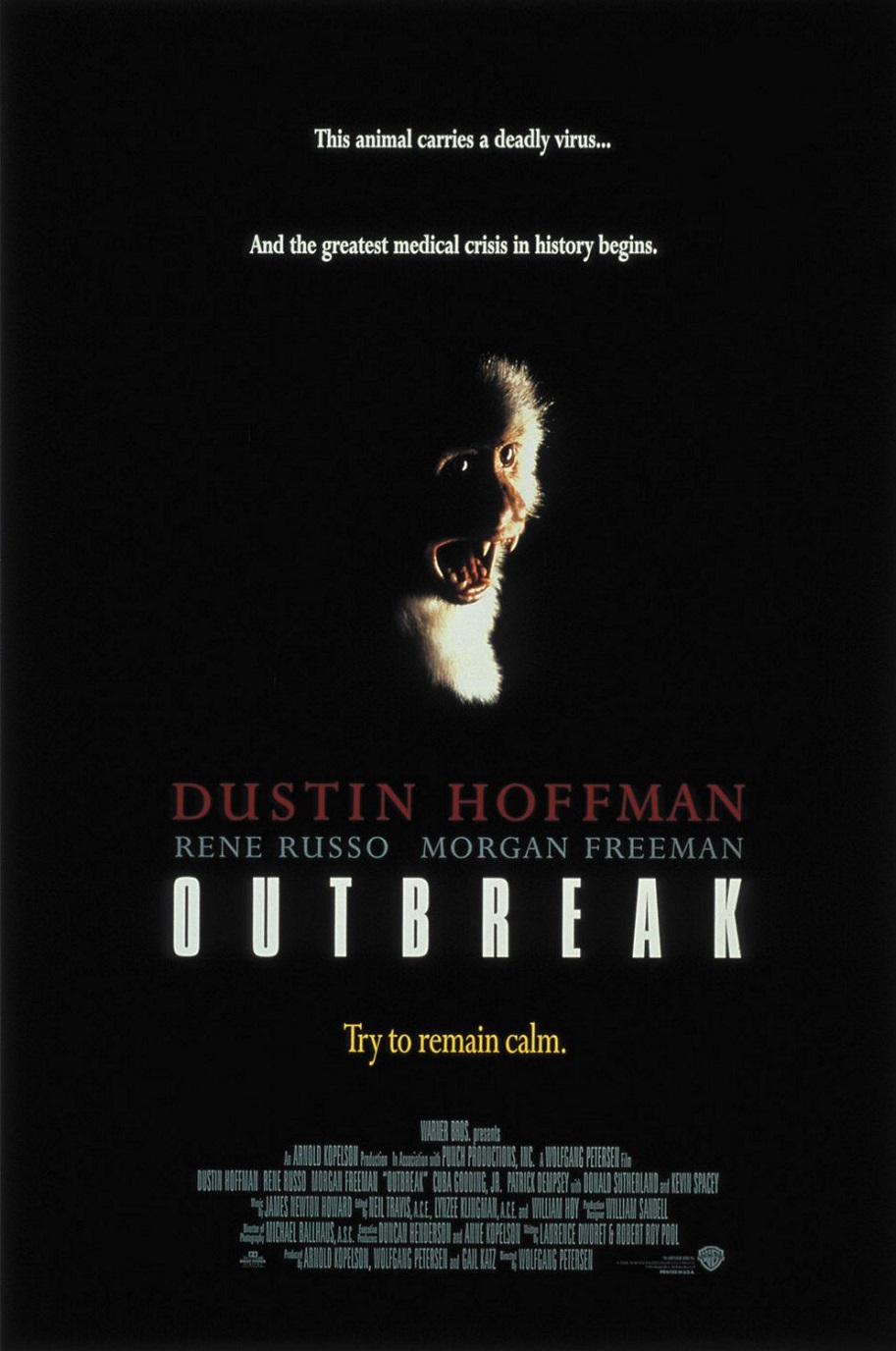




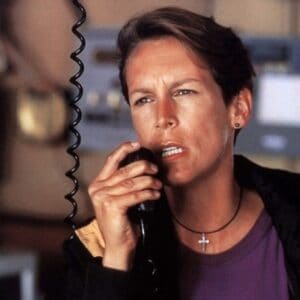
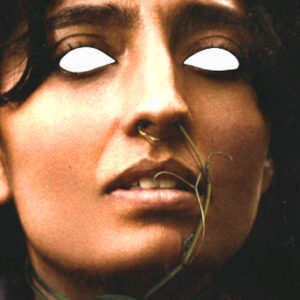
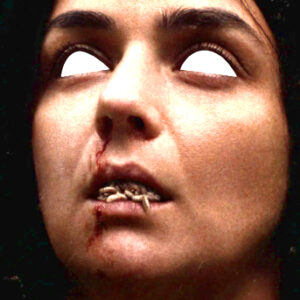
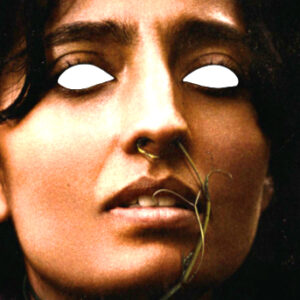









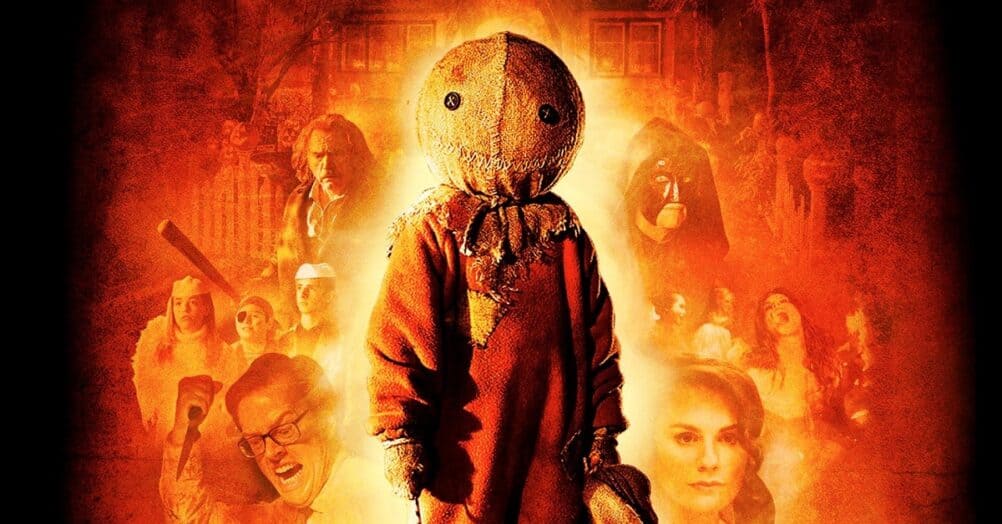
Follow the JOBLO MOVIE NETWORK
Follow us on YOUTUBE
Follow ARROW IN THE HEAD
Follow AITH on YOUTUBE